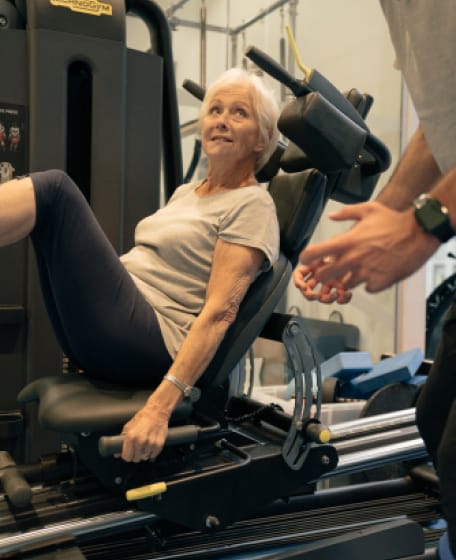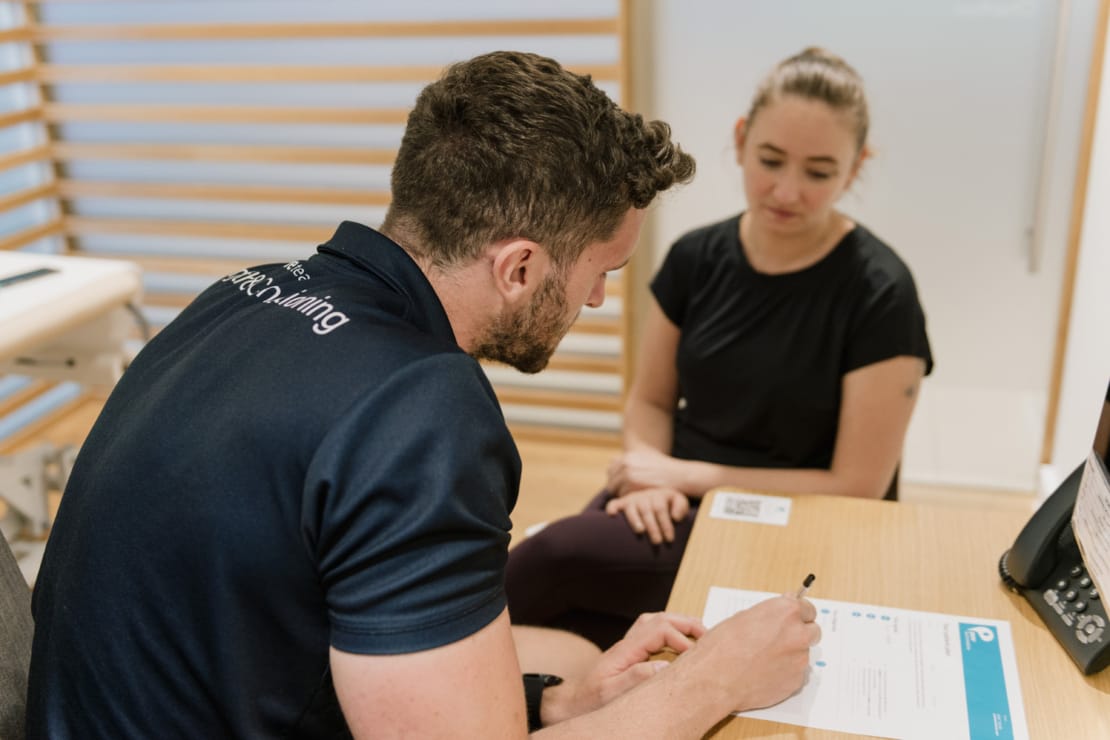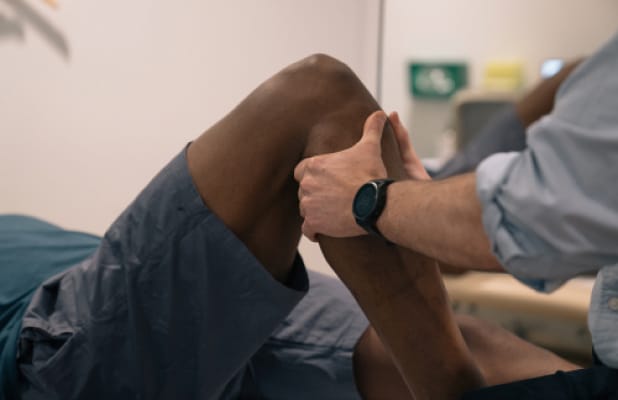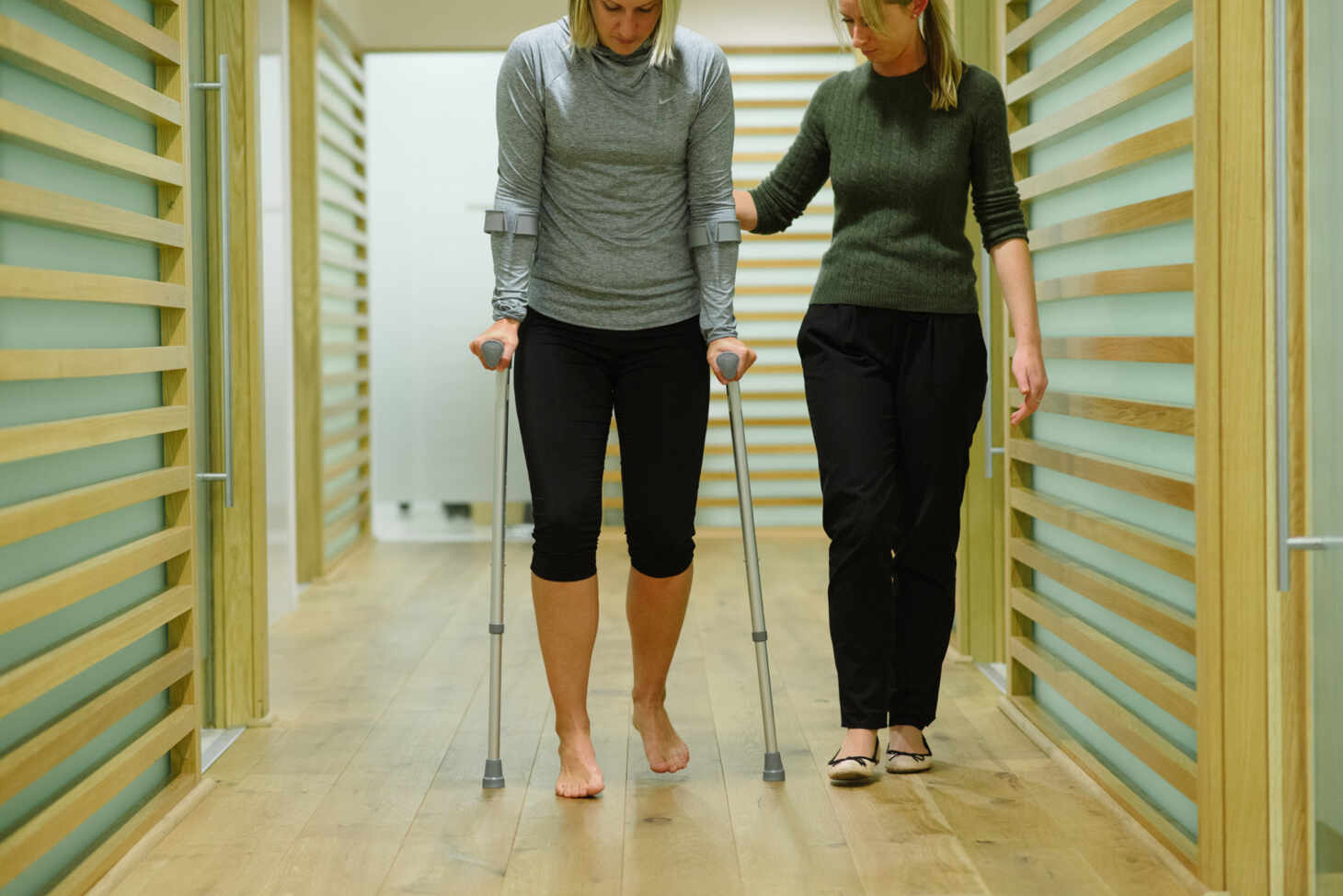Anterior Knee Pain: Causes, Diagnosis, and Management

Dr Michael Burdon
Consultant in Sport, Exercise & Musculoskeletal Medicine
- 21 September, 2018
- Lower Limb
- knee pain
- Pain Management
- 2 min read
Anterior knee pain refers to pain felt in the front part of the knee and is very common across all ages. There are many causes and diagnoses of anterior knee pain – the three most common are patellofemoral joint pain, knee osteoarthritis and patellar tendinopathy.

1. Patellofemoral pain
The patella(knee cap) sits on top of your thigh bone(femur) and forms the patellofemoral part of the knee joint. Pain can result from abnormal positioning or tracking of the patella. This is common when we stress or load the knee joint- such as running, squatting, jumping and hopping. Pain can also be present when sitting for periods of time and straightening the knee out after sitting. Often, patients describe creaking or noises from that area of the knee.
In the majority of cases, this is due to poor control or tracking of the patella, and it does not represent any structural damage to the joint. It is often associated with weak gluteal and core muscles, which result in the knee being loaded more than normal. A change in the angle of the patella, weakened quadriceps muscles, and some foot types may also be seen.
Usually MRI or scan are normal and not needed initially. This can be a tricky problem to treat, and therefore, a team approach is needed to help. This usually involves physiotherapy and also podiatry to look at the “ biomechanics” if needed. Usually, the pain will start to improve after 6-8 weeks, but it often takes several months to help. MRI scans can be considered if there is no improvement in pain despite rehabilitation.
2. Osteoarthritis
This can affect the knee joint and essentially means some loss of cartilage, which can progress to the joint space decreasing and the formation of bone spurs. Pain here can be worse with exercise and often is felt later on or into the next day. The pain can be associated with swelling. X-rays or an MRI can be arranged to assess the joint.
In most cases, the condition cannot be fixed or cured, but can be managed well over time. Options include pain medication, weight loss, physiotherapy, joint injections and surgery in some cases. If overweight, then weight loss can often be very successful.
3. Patellar Tendinopathy
The patellar tendon is in the front of the knee, below the kneecap. Degeneration and some inflammation can lead to tendinitis (better term is tendinopathy). This is usually an overuse condition and is seen in runners and military athletes who load their knees a lot.
At Pure, we can use diagnostic ultrasound to look at the tendon and assess the condition. Management often included physiotherapy exercises to strengthen the tendon, podiatry and other soft tissue work. There are some further options, such as shockwave therapy and dry needling of the tendon. In a few cases that do not respond, we can refer you to Professor Alfredson, who works with Pure- surgery can help by scraping the tendon.
Please watch the video below of a recent sports medicine conference talk that I gave on Anterior knee pain – this will provide you with much more information if needed.
If you’re interested in being treated by Dr Burdon, you can book an appointment in his Chancery Lane clinic.

Advice
Over the last 20+ years our experts have helped more than 100,000 patients, but we don’t stop there. We also like to share our knowledge and insight to help people lead healthier lives, and here you will find our extensive library of advice on a variety of topics to help you do the same.
OUR ADVICE HUBS See all Advice Hubs

